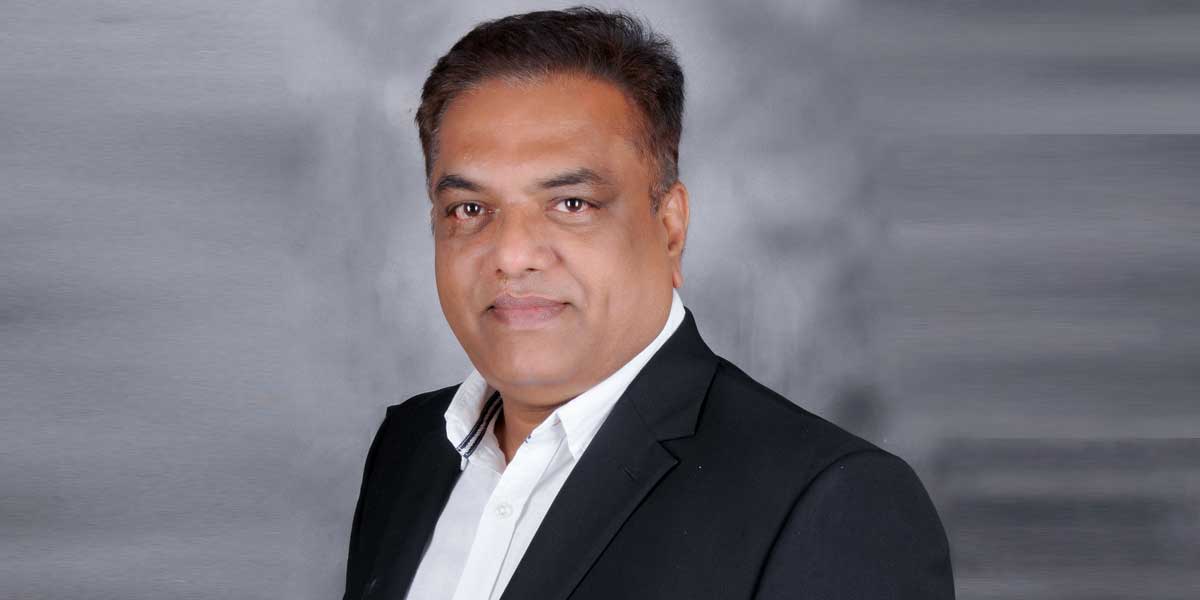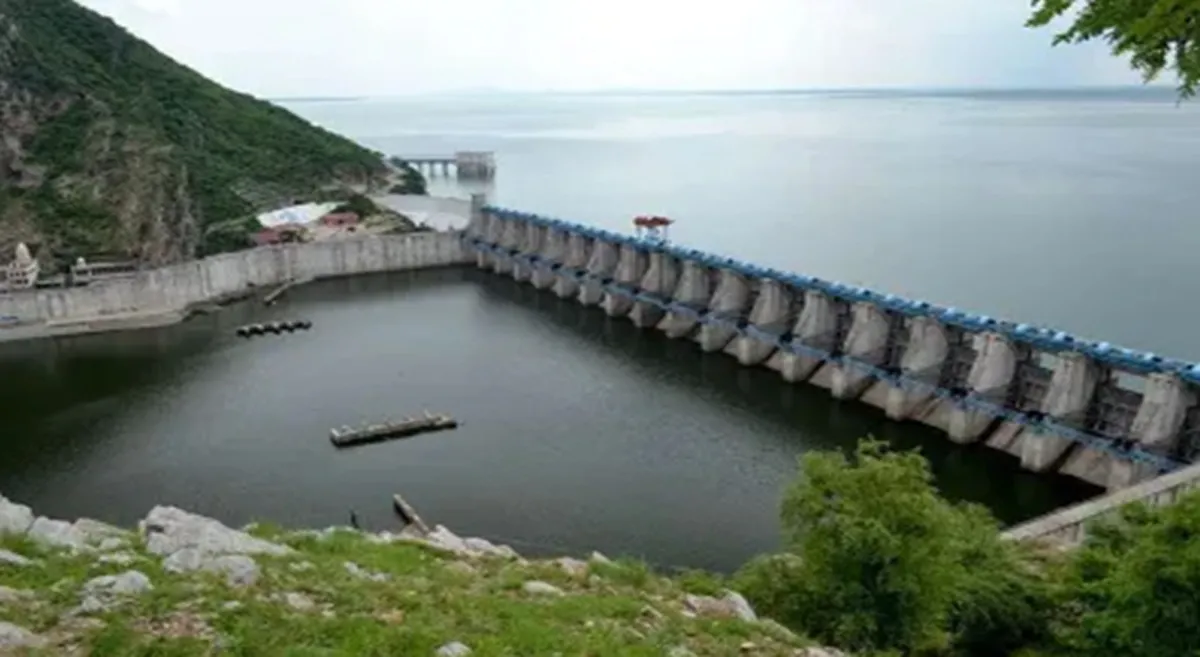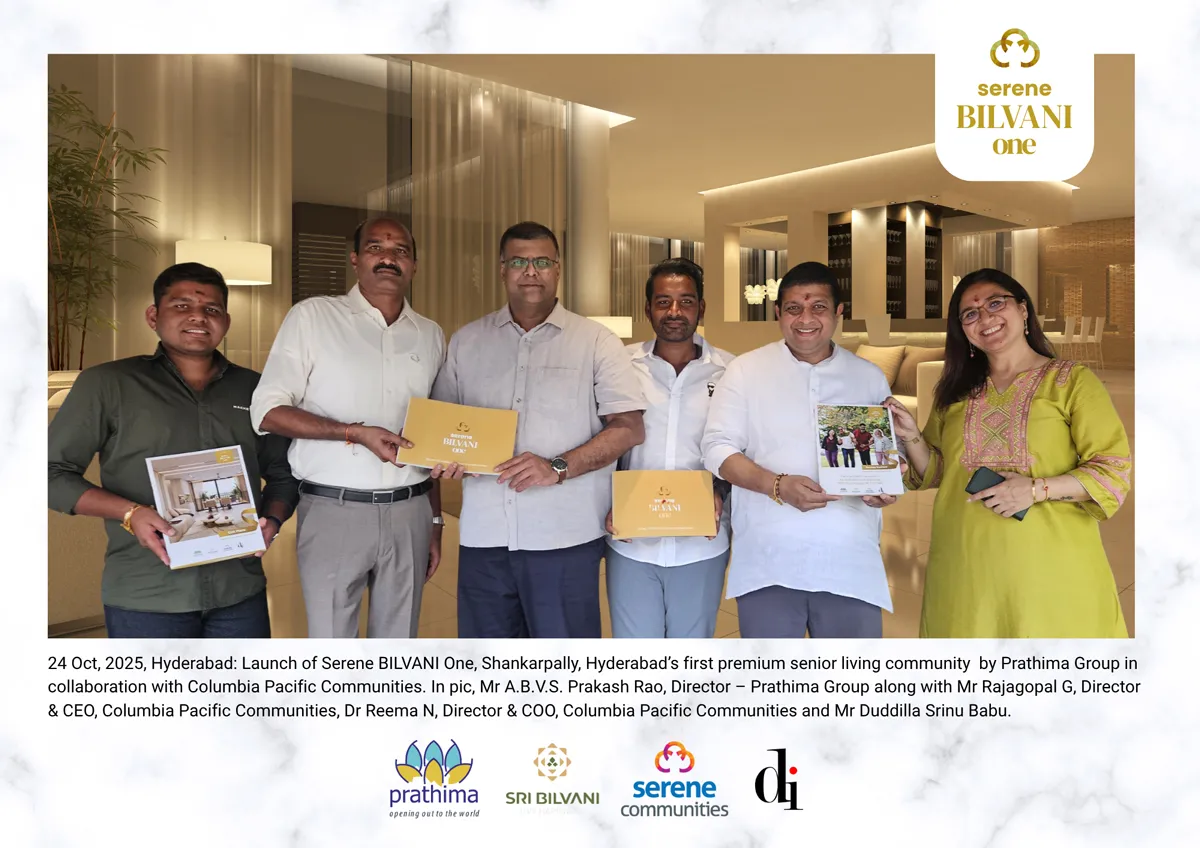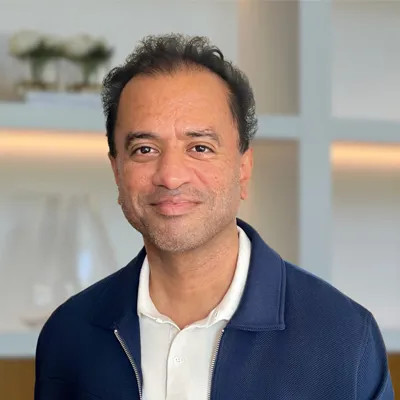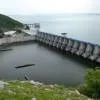Owing to the pandemic, lack of demand, labour shortage and supply chain interruptions, such as raw material shortage, have affected the viability of several construction, infrastructure and real-estate projects. In this scenario, digitisation and technology use have become an imperative. In a tête-à-tête with SERAPHINA D’SOUZA, Sunil MK, Head-Architecture, Engineering and Construction (AEC), Autodesk, discusses this, and more.
Excerpts:
Where does the construction industry stand in terms of going digital?
There are two ways to look at it. One is mindset, which has a people component to it. While some are slow to adopt technologies, others are ahead. Companies implementing these technologies in full swing will reap the benefits as we progress.
The other issue is cash flow. A large percentage of companies prior to COVID-19 had a digital transformation roadmap in place, whether implemented or not. You also need the right set of people to implement technologies, because if you don't do it right the first time, you will lose a lot of money.
We have been providing solutions for design for almost every industry; we have three verticals: AEC, product design and manufacturing, and media and entertainment. The AEC industry has been laggard in terms of adopting technology while our design and manufacturing customers have been using competitive technology for a long time. They went digital in the early 1990s while we were still doing 2D drawings and trying to figure out AutoCAD. In fact, today, if you look at manufacturing, their digital journey is about saving 1-2 per cent in a particular phase in the entire product lifecycle and make the process efficient. On the other hand, we are still living in a world of 2D.
Now, one aspect is design; the other is construction. In India, the simplest of robotics is not applied in the construction phase. In places like Singapore, construction works are undertaken at night and you can’t even tell it happened the next morning whereas in India, we spend hours and hours in traffic because of construction works that have not used technology in design, planning and construction.
Can we quantify cost benefits in the construction cycle by using digital tools?
Labour is decreasing and to have a better overall cost advantage, we need to think digital. For instance, our customers have said they have benefited 10-20 per cent by adopting, say, Cloud technology. The Government is planning to spend $ 1.5 trillion on highways, roads, metros, etc. Even if we consider 10 per cent improvement because of technology, it translates to $ 150 million of savings. And if everyone uses technology – BIM, Cloud tools, robotics – the process could be more efficient and projects delivered faster.
How can digitisation also help save costs on procurement of raw materials, logistics or suppliers?
One of the biggest challenges in the construction industry is the misinformation and communication gap and mistakes in drawings, which delays projects and increases costs. In early 2000, we coined the term ‘BIM’ (building information modelling), which is the creation of a digital model or asset before it is built in real time. BIM is a process that enables the building of infrastructure projects more efficiently, as it offers a 3D view of all real world components with real world properties, including width, height, dimensions and volumes. Thus, one can easily calculate what concrete is needed, how much steel is needed and so on, and this information is built into the model. This data can be used downstream extensively through the construction and maintenance process. Then, our whole idea of connected BIM is about creating and sharing data efficiently with the ecosystem: the designers, construction contractors and managers of the asset.
We have seen the benefits of companies that have adopted BIM and are working on Cloud in terms of executing complex projects with ease and efficiency. Our customers have witnessed anywhere between 12-22 per cent benefit and accuracy in terms of cost translation.
What can the Government do to make some level of digitisation compulsory in projects?
I have been a great advocate of the BIM mandate; while I was in Singapore, I worked with the Building Construction Authority when they mandated BIM. Today, if you have to construct a building of 2,000 sq m and above in Singapore, it has to be submitted in BIM, else you don't get approval. Likewise, many countries such as Dubai, the US and many European countries have BIM mandates. Along with many countries and organisations benefitting, it has also accelerated the adoption of BIM.
We have managed some successes here. Organisations such as the Airports Authority of India and Delhi Metro Rail Corporation are using such technologies at the organisation level. However, a government technology mandate would be a great step forward to drive the adoption of digital technologies in India, specifically in the AEC industry. The benefits are manifold—it will drive projects as well as manufacturing and jobs. For instance, there is a massive redevelopment of railway stations. Such projects can bring in a lot of transformation in government organisation by the Railways.
Having some sort of BIM mandate on both design and construction would be great. Connected BIM, a common data platform and extending it to robotics, using machinery in construction, are important. Just having digital tools in terms of design will not actually help; you need tools to make workers more efficient. Overall digital transformation is required.
Are a large number of developers in real estate adopting BIM?
In the past five to six years, we have seen a huge transformation in the developer space. They are thinking like professionals using AI and machine learning to identify which property to buy, what kind of investment they should be looking for in the long term, etc.
In fact, developers are negotiating with manufacturers by using the digital platform we give them. For instance, developers with an inventory of projects in the pipeline and knowledge of the 3D model, thus knowing how much cement or steel is required through the digital interface, are able to better negotiate with manufacturers. Developers using these digital tools really understand how they work best for them.
How do you view BIM penetration in India compared to elsewhere in the world? Is the increasing adoption of specialty services such as MEP and HVAC, likely to accelerate this?
Today, buildings have become complex and our jobs as architects and engineers have become even more complex. For calculations about fire-fighting, air-conditioning and heating, the industry has been using analysis tools for a long time. Now, if you are building a hospital, MEP costs are about 70 per cent of the building cost. Hence, optimising MEP is important. Any cost escalation there could have a huge impact, but it may not be same for a house design. In Indian projects, though adoption has been a little slow, but it is happening.
What is your outlook for the AEC industry in India and the company going forward?
India will be the third largest market in construction by 2030. This is the right market and the right time.
Only 4 per cent of our roads are super express highways. This is a huge area of growth for us. Another is transportation of goods, which today take seven to eight days to reach the same distance that can be probably covered in two days.
From a company perspective, India is definitely getting a lot of focus and we are driving a lot of growth here. We have also acquired some companies on the Cloud side that we are integrating in the portfolio of our connected BIM strategy. For example, we have an impact strategy where sustainability is at the forefront of our vision. Sustainability has been a charter that people are really leveraging big time and also from a technology point of view that we will be able to provide; for instance, solutions to analyse water usage, electricity and material usage, among others. Technology can play a very big role here and we have a big role to play in India.
